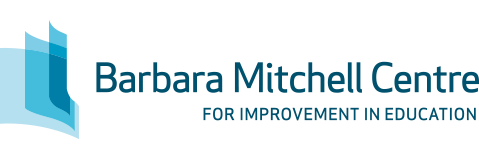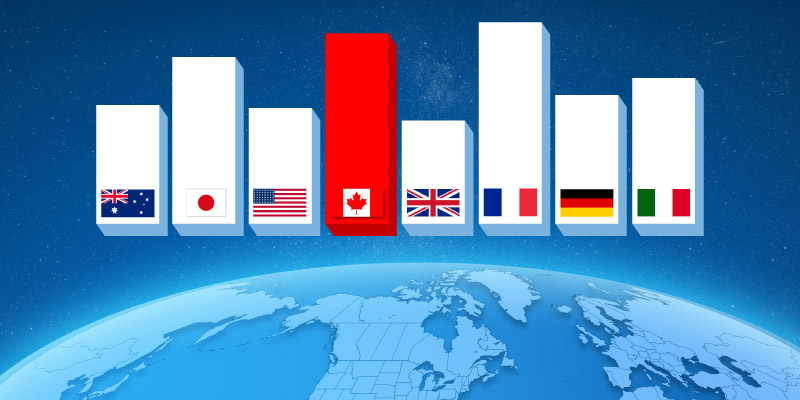If the B.C. government truly wants to make the provincial tax system more competitive, reform is needed across three key taxes.
personal income tax
In Ontario, the top combined federal-provincial personal income tax rate is now 53.5 per cent.
There are clear parallels between the campaigns and governing approaches of President Obama and the Trudeau Liberals.
The Alberta government recently abandoned the province’s single 10 per cent tax rate on personal income in favour of a five-bracket system with a top rate of 15 per cent—a move that will reduce Alberta’s competitiveness and cause undue harm on an already struggling economy.
With a relatively weak Canadian economy, depressed commodity prices and the myriad of international economic issues (i.e. uncertainty in China), federal parties should offer solutions to the economic storm clouds on the horizon.
October 1 marks an important day for Alberta. It’s when the province officially moves away from a single 10 per cent tax rate on personal income to a system with five separate brackets.
Over the years, the federal government has shown a penchant for muddling the tax system with a myriad of tax credits, deductions, exemptions and exclusions. But tax expenditures—as they are collectively known—recently drew fire from Canada’s auditor general.


